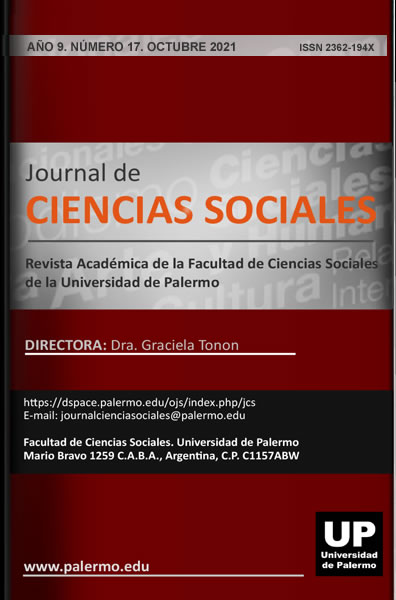La actividad física: entre la ética y la estética. Una aproximación a la luz de la concepción hipocrática
Abstract
The following essay aims to propose the Hippocratic conception of physical activity as a paradigm or at least as an orientation of current physical activity. The text begins by contextualizing the Hippocratic physical activity within the framework of the Greek Paideia, that is, within an organic society that sought from the areté an integral education of the person. The second part asks about the meaning that physical activity has today in a complex society. Here we will point out the reduction of physical activity to its aesthetic dimension associated with a beautiful body. Finally, we will try to propose the importance of reliving physical activity from the Hippocratic point of view to give it back its educational mission. This does not mean neglecting the aesthetic dimensions that are also part of physical activity.
Downloads
References
Cachón Zagalaz, J., Castro López, R., Valdivia, P. y Zurita Ortega, F. (2013). Actividad física y educación en la Grecia clásica I. Trances, 5(3), 271-280.
Castro Solano, A. y Tonon, G. H. (2013). Naciones Felices: Mas allá del Dinero. Estudos Contemporâneos da Subjetividade, 3(2), 219-228. http://www.periodicoshumanas.uff.br/ecos/article/view/1252
Duarte Osorio, L. (2020). La formación médica y el concepto “paideia”. Revista Ciencias Biomédicas, 3(2), 373–376. https://doi.org/10.32997/rcb-2012-3137
Fernández M. J, Juan J., Marcó Arbonés M., Gracia Blanco, M. (1999). Autoconcepto físico, modelo estético e imagen corporal en una muestra de adolescentes. Psiquis: Revista de psiquiatría, psicología médica y psicosomática, 20(1), 27-38.
Gervilla Castillo, E. (2003). La tiranía de la belleza, un problema educativo hoy. La estética del cuerpo como valor y como problema. Teoría de la educación. Revista Interuniversitaria, 14, 185-206. https://doi.org/10.14201/2990
Hormiga Sánchez, C. M., Alzate Posada, M. L. y Cortés-García, C. M. (2019). Significados de la actividad física en la cotidianidad. Los lugares de la belleza y el placer en una práctica de salud. Revista Ciencias de la Salud, 17(spe), 12-31.
https://doi.org/10.12804/revistas.urosario.edu.co/revsalud/a.8110
Mieziene, B., Jankauskiene, R. y Mickunieneb, R (2014). Can Internalization of Sociocultural Beauty Standards Predict Adolescents’ Physical Activity? Procedia - Social and Behavioral Sciences, (116). 956-961. https://doi.org/10.1016/j.sbspro.2014.01.327
Sánchez Pato, A. y de la Torre Olid, F. (2016). Reflexiones para una educación ético-estética de la belleza como contribución a la dignificación de la persona en el deporte. RECERCA. Revista De Pensament I Anàlisi, (18), 86-109. https://doi.org/10.6035/Recerca.2016.18.6
Toscano W. (2007). Los ejercicios físicos y la calidad de vida en el corpus hipocrático. Hologramática, año IV, 1(7),127-144.
Toscano, W. (2008) Los ejercicios físicos y la salud en el corpus Hipocrático. Calidad De Vida y Salud, 1(1),67-82. http://revistacdvs.uflo.edu.ar/index.php/CdVUFLO/article/view/6
The authors retain the rights to their work guaranteeing this journal the right of first publication, committing to cite the Journal of Social Sciences as a reference of the original publication.
The works published in the Journal are published under the terms indicated in the Creative Commons License with the International Attribution 4.0 (CC BY 4.0).




























